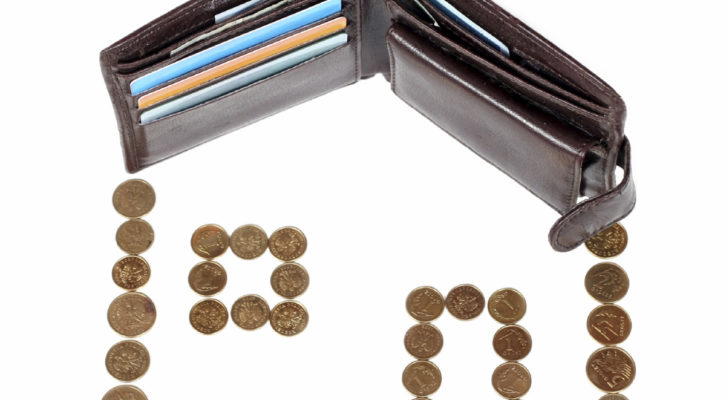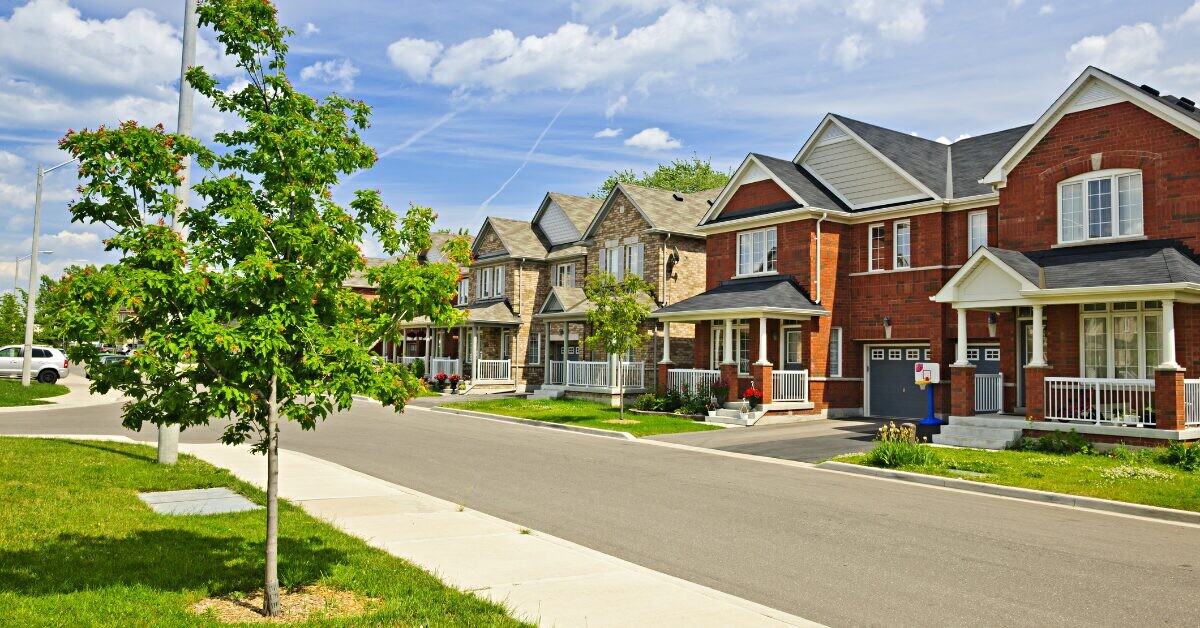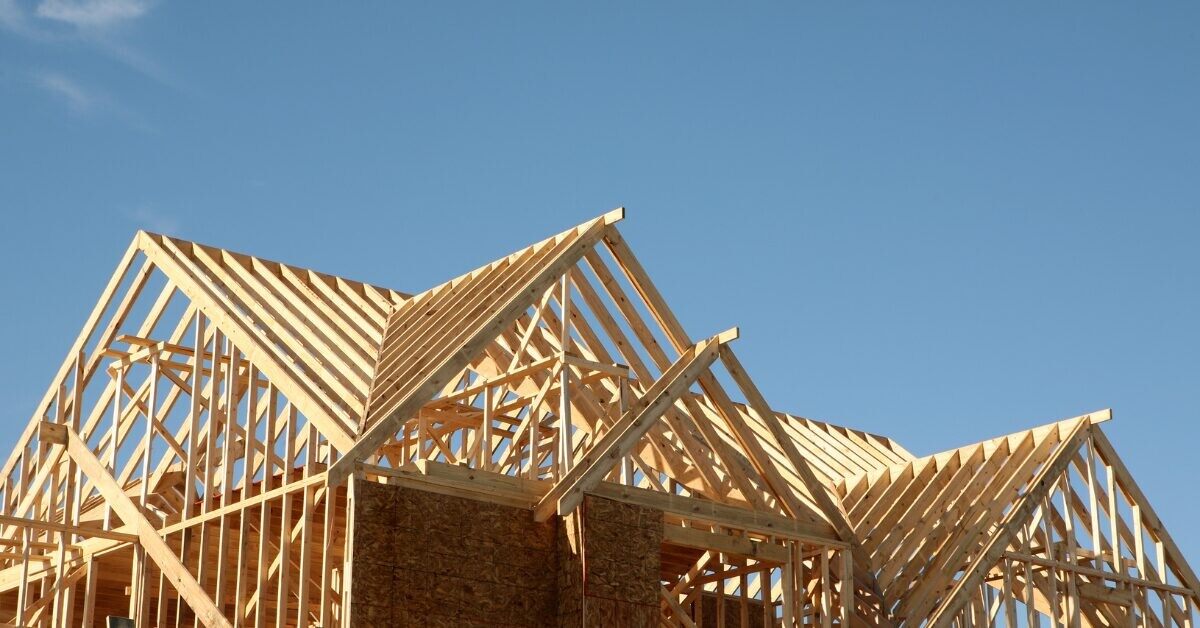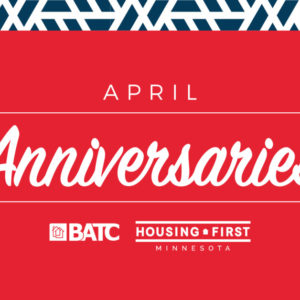Results of a recently conducted statewide survey show that a majority of Minnesotans are facing a shortage of affordable home options.
“Minnesotans at all levels of the housing ecosystem are facing an affordability challenge,” said David Siegel, executive director of Housing First Minnesota. “As we enter the final weeks of the legislative session, we are hopeful that the legislature and Governor Walz will show they are serious about addressing this problem.”
A majority of Minnesotans also stated that the best way to make Minnesota’s housing market more affordable is by reducing fees and costly regulations.
A new report title Priced Out: The True Cost of Minnesota’s Broken Housing Market provides a detailed look at the growing regulatory pressures on new home. The research demonstrates that up to one-third of the price of a new Twin Cities home is due to local, regional and state housing policies.
Survey findings:
Minnesotans statewide view a shortage of affordable home options.
- 55% state that Minnesota has a shortage of affordable home options.
- 28% state that Minnesota has the right amount of affordable home options.
- 5% state that Minnesota has too many affordable home options
And when asked about the best way to make Minnesota’s housing market more affordable, a majority of Minnesotans believe reducing fees and costly regulations is the solution.
- 50% believe the best way to make Minnesota’s housing market more affordable is by reducing fees and costly regulations.
- 34% believe the best way to make Minnesota’s housing market more affordable is by inventing in energy efficiency, parks and trails, environmental and consumer protection, and transportation to make living her more attractive to families.
These questions were included in a statewide survey of registered voters in Minnesota, conducted by Meeting Street Research and supported by Housing First Minnesota, the Minnesota Chamber of Commerce, and the Minnesota Business Partnership. Interviews were completed April 3–4 and 7, 2019, among 500 registered voters with a mix of cell phone and landline interviewing. The margin of error for a sample size of N=500 is ±4.38%.

















